2025 Ducati Panigale V2 and Panigale V2 S – First Look

Ducati changes course and creates a more streetable sportbike
With the announcement today at EICMA 2024 of the Panigale V2 and V2 S, Ducati have turned a page within its middleweight sportbike book, taking small steps away from outright sportiness and veering towards a little bit of streetability. Taking advantage of the new V2 engine it recently introduced, Ducati claims this latest edition of the Panigale V2 is not only comfortable and streetable – while still being track worthy – but is also the lightest Panigale the company has ever made, at 395 lbs without fuel (388 lbs for the S, 37 lbs lighter than before).
Ducati’s sportbike history has been rooted in racing. It’s a point of pride within the company (and maybe within all of Italy) that this little Italian upstart was able to take on the mighty Japanese establishment and beat them at their own game. For the longest time, sportbikes have been about racing first, streetability second. This was great for street cred, but not so great when it came to actually riding the bikes on the street for any length of time. Low bars, high pegs, and high-strung engines do not a streetable sportbike make. Other manufacturers listened, creating sportybikes with more relaxed ergos, but the only consolation Ducati gave us was the Supersport. A nice bike, sure, but it arguably went too far in the streetable direction. The new Panigale V2 rectifies that. Let’s take a closer look.
Clean Slate Design
Ducati said it gave its designers a clean slate when it came to the new Panigale V2. That’s a big deal considering past little siblings to Ducati’s flagship superbikes have resulted in miniature versions of said flagship. So it’s a bit ironic, then, that this new Panigale V2… looks a lot like the new Panigale V4.
What else were Ducati designers going to do, though? In a way the designers were pigeon-holed into mimicking the V4’s design language, and you see that most clearly at the front of the bike, where the full LED headlight, nearly horizontal DRL, and closed bottom by the leading edge signifies the Panigale design language. Move farther back and you’ll see the fuel tank also copies a similar shape as the V4 which, in this sense, provides better ergonomics for the rider.
Maybe the biggest departure for the P-V2 is the return of undertail exhausts. They may not be a great idea in terms of weight, and hopefully they don’t roast our buns like the old undertail exhausts did, but it’s a clear nod to Ducati superbikes of the past.
Of course, the lynchpin of the new bike is the new V2 engine. Now just an 890cc V-Twin instead of the 955cc before it. Understandably, many people will naturally think going smaller is the wrong way to go. Still, Ducati test rider, and Italian Supersport champion Davide Stirpe, was able to lap the Vallelunga circuit – a track that favors horsepower – just two-tenths of a second slower than on the previous Panigale V2, despite a 35 horsepower deficit. This was thanks to the light weight of the new V2 providing better braking and cornering, only losing out on top-end speed.
Nonetheless, this engine meets Euro5+ regulations while still putting out 120 horses and 69 lb-ft of torque (both claimed). The important thing here is this engine is still streetable thanks to the IVT (Intake Variable Timing) variable valve timing, which helps provide 70% of the available torque at just 3,000 rpm and 80% of torque at 4,000 rpm. Theoretically anyway, this means the smaller engine will still be able to lug revs on the street without as much downshifting involved, resulting in less fatigue.
While a more useable engine is definitely welcomed, what about the actual ergonomics, you ask? Interestingly, Ducati’s materials are pretty sparse when it comes to details. The “semi handlebars,” as Ducati calls them (clip-ons for the rest of us) are mounted on the steering head with the bars themselves situated slightly higher than the triple clamp. They also feature a 30º steering sweep, which will make maneuvering around parking lots and/or doing U-turns a much easier task than before. The new bar placement certainly relieves some of the pressure off the rider’s wrists, as does the reshaped fuel tank, but footpeg positioning is oddly vague other than to say their shape is designed to improve grip. Nonetheless, the Panigale V2 has a 33-inch seat height.
Chassis
In keeping with Panigale tradition, the front frame of the new V2 is a cast aluminum monocoque structure that also functions as the airbox and uses the engine as the main stressed element. It’s mounted directly to the vertical cylinder. The rear subframe, also cast aluminum, is mounted off of that and directly to the engine at the bottom. Like the Panigale V4, lateral flex was a key component in the design of the chassis.
So far, both the standard and S models have shared components. The two veer in different directions starting with the suspension. A 43mm Marzocchi fork and Kayaba shock are fitted to the standard model. Both are fully adjustable. The S model keeps with tradition and fits Öhlins components at both ends, the front being a 43mm NIX30 fork with TiN treatment. Regardless of the trim level, the shock has a separate reservoir and is mounted sideways, and offset, on a progressive link to the double-sided swingarm, offering easy access to the spring preload adjustment.
Like the V4 Panigale, the swingarm for the V2 is made through a low pressure casting process to reduce the wall thickness and give some flex to the chassis for optimum feel and handling at high lean angles. An Öhlins adjustable steering damper is available as an accessory.
Both versions of the V2 roll on the same 3.5 x 17” and 5.5 x 17” wheels that are 2.2 lbs lighter than before. Pirelli Diablo Rosso IV tires are the standard fitment in 120/70 front and 190/55 rear sizes, but rear tire size can be swapped for either a 180/60 or 190/60 slick for track use.
Slowing the bike are dual 320mm discs up front with Brembo’s M50 monobloc calipers with four 30mm pistons. Each caliper is 140 grams lighter than the M4.32 caliper used on the old P-V2. A Brembo PR16/21 radial master cylinder feeds the fluid through steel-braided lines.
Electronics
A Ducati sportbike is not complete without electronics, and the new V2 has the lot of them, and a six-axis IMU to boot. You’ll find the usual suspects here, including Cornering ABS, traction control, wheelie control, brake control, and quick shift 2.0. The S version also has as optional items launch control and pit speed limiter. All of the controls are active to a certain degree based on what riding mode the bike is in, though each can be customized further through the menus.
Speaking of which, the functions are now managed through a 5-inch TFT display with a petal-type joystick. Ducati cleaned up the dashboard display to help make it easier to read by moving the physical warning lights inside the display (except for the rev limiter). Now the tachometer and gear indicator flash green to tell the rider it’s an optimum time to shift. It changes to red once it gets close to (or hits) the rev limiter.
There are also three display modes: Road, Road Pro, and Track. All three automatically switch the backlighting depending on the ambient lighting conditions (day or night).
The Road display shows a circular rev counter on the entire right-hand side of the display, with the gear indicator in the center. The speed and selected Riding Mode are on the left. The on-board computer data are in the four corners of the display: fuel level, time, coolant temperature and air temperature.
Road Pro packs more information on the screen, moving the rev counter to the center to leave space on the left for the percentage levels of power and torque delivered. The parameters of the selected Riding Mode are visible on the right.
Track Info Mode features a straight rev counter bar, positioned along the entire length of the upper part of the display. The gear indicator increases in size compared to the Road view, while the speed indicator goes away. On the left side is the information of the Lap Timer Pro, if installed (GPS signal, lap time, split time, lap number and current session, signal of improvement of split time and lap time in absolute terms or with reference to the session as on the Panigale V4). On the right side, the display shows the Riding Mode parameters, allowing you to vary the level of intervention of each individual control while riding, and showing the activation of each in real time.
The dashboard also allows Bluetooth pairing with a smartphone and a communication system on the helmet to play music, answer calls and listen to the instructions of the Turn-by-turn navigation accessory, if installed.
Pricing for the standard V2 starts at $15,995, while the S version retails for $18,995. The new Panigale V2 will arrive at US dealers in late Q1 2025. The Panigale will be offered in a two-seater configuration, while the V2 S will be available in a single-seater configuration with a passenger kit offered as an accessory.
2025 Ducati Panigale V2 Gallery
Become a Motorcycle.com insider. Get the latest motorcycle news first by subscribing to our newsletter here.

Troy's been riding motorcycles and writing about them since 2006, getting his start at Rider Magazine. From there, he moved to Sport Rider Magazine before finally landing at Motorcycle.com in 2011. A lifelong gearhead who didn't fully immerse himself in motorcycles until his teenage years, Troy's interests have always been in technology, performance, and going fast. Naturally, racing was the perfect avenue to combine all three. Troy has been racing nearly as long as he's been riding and has competed at the AMA national level. He's also won multiple club races throughout the country, culminating in a Utah Sport Bike Association championship in 2011. He has been invited as a guest instructor for the Yamaha Champions Riding School, and when he's not out riding, he's either wrenching on bikes or watching MotoGP.
More by Troy Siahaan


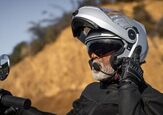











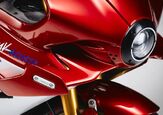
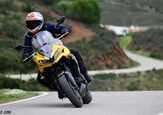
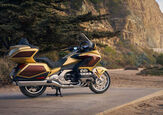
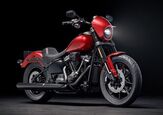
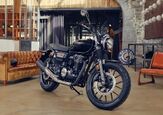
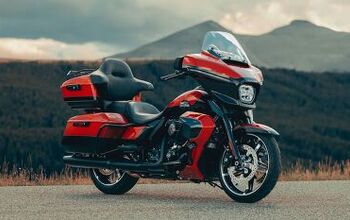

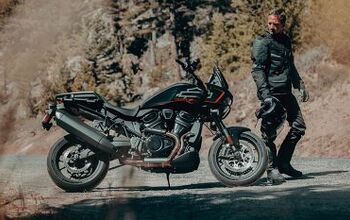
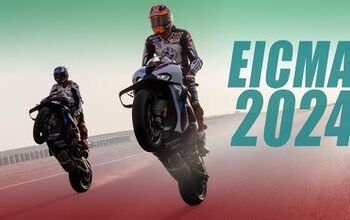


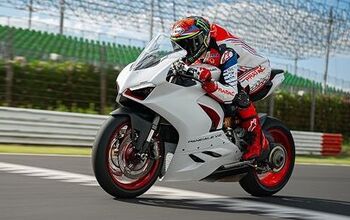
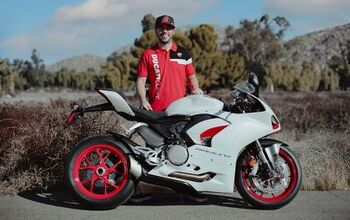


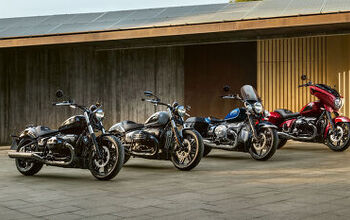


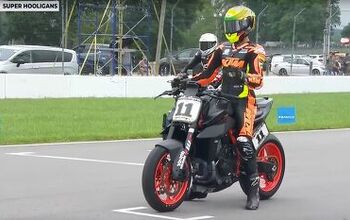

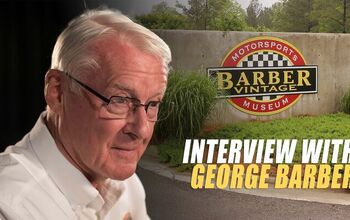
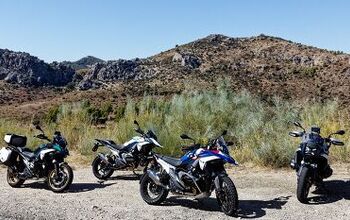

Comments
Join the conversation
OK, I admit that I have temporarily lost all rational thought. I like it, particularly the claimed sub-400lb weight. And I might be drooling.
As posted above the lack of wings, and the high rear exhaust, make it look even better than the V4 IMHO. Wish there were more photos (may I please see the dash?), but based solely on Troy's article, please ship the S to my house tomorrow.
Just make it upright and I'll take two! I can't do the sportbike triangle any more...but man that is awesome for Duc to keep innovating like this.